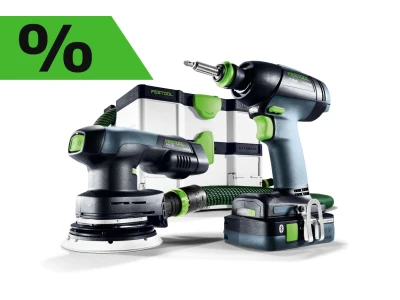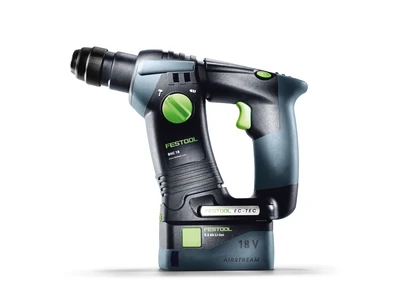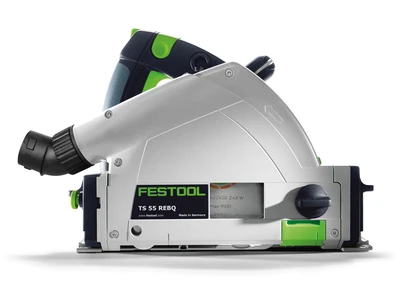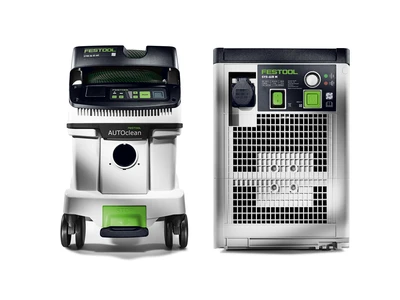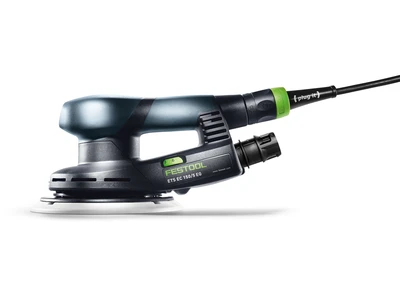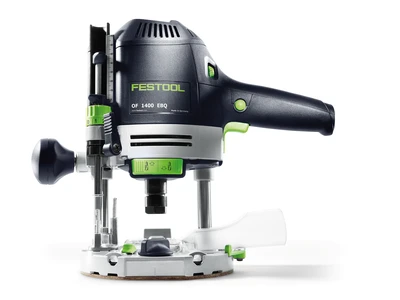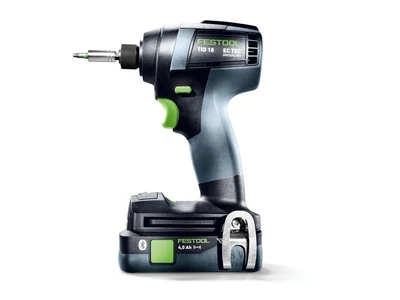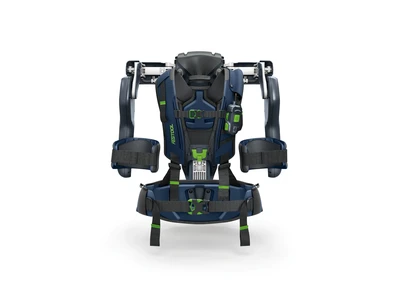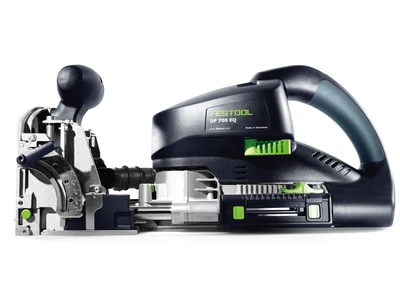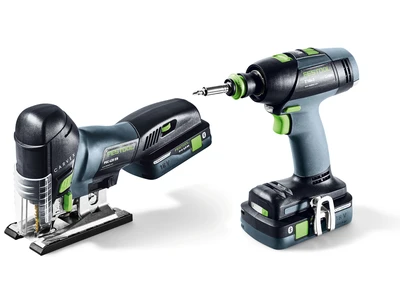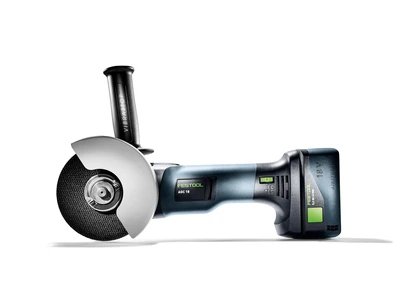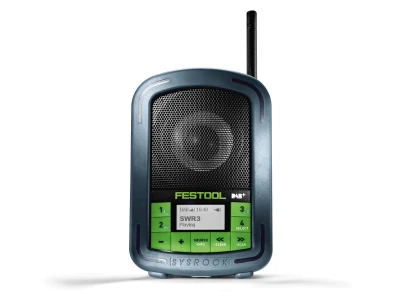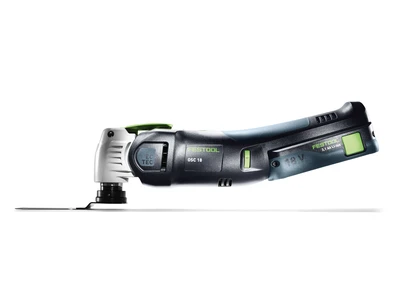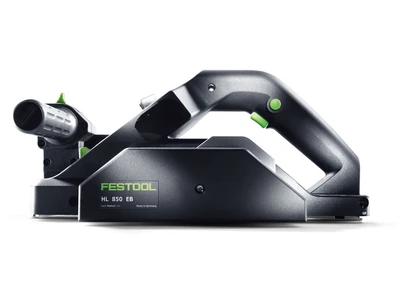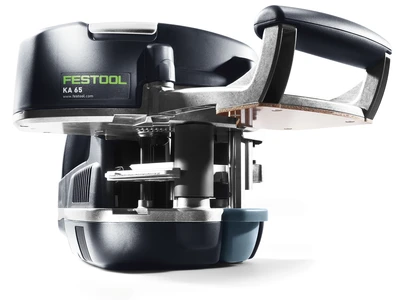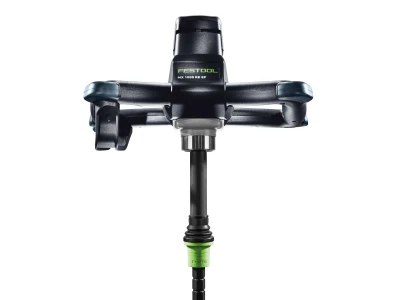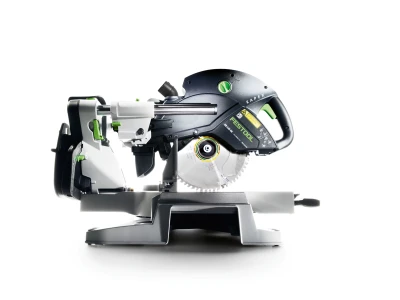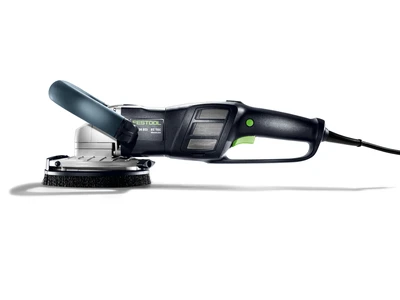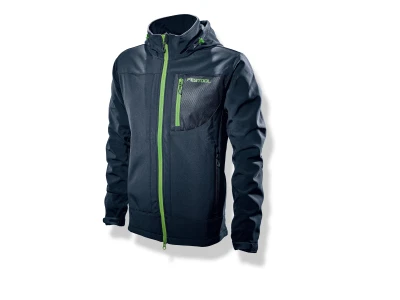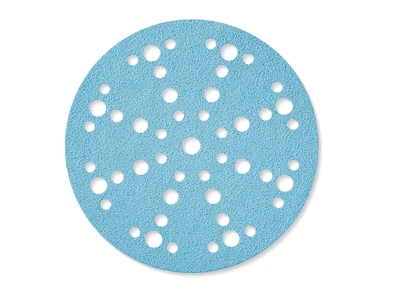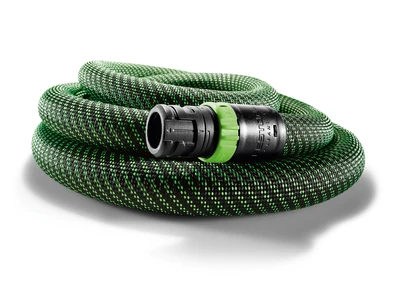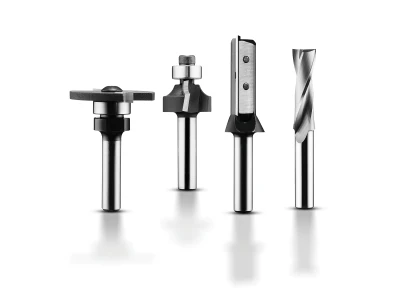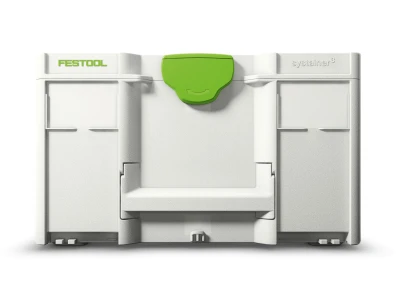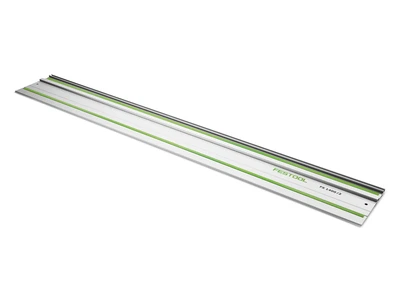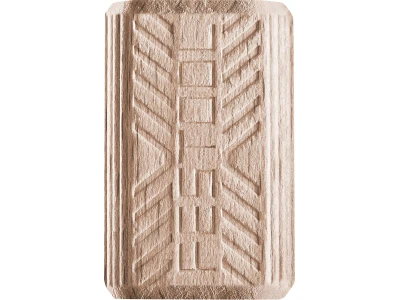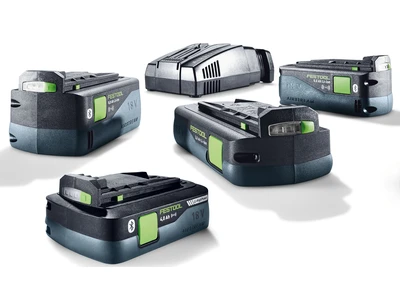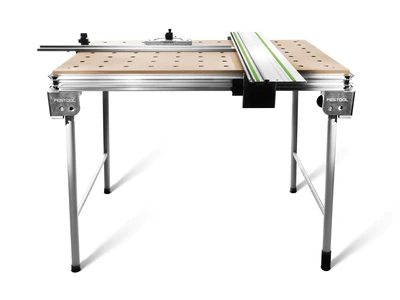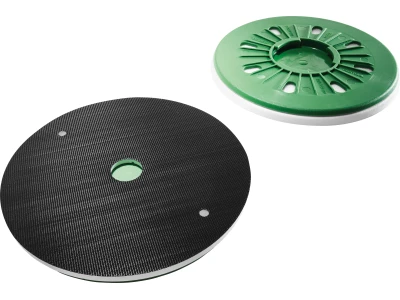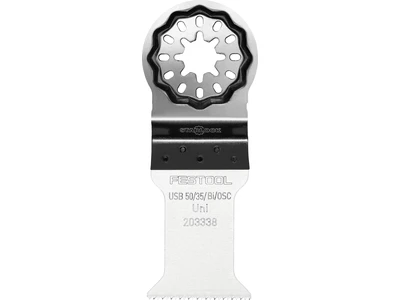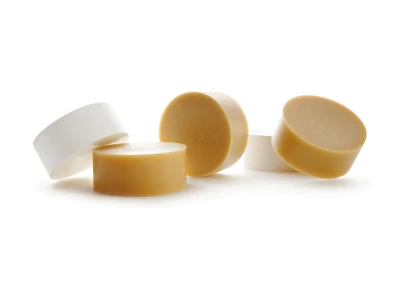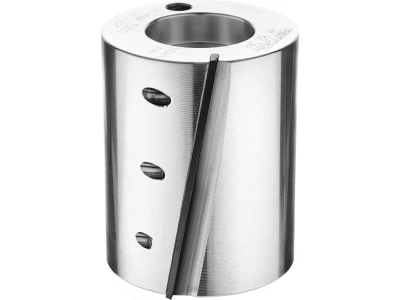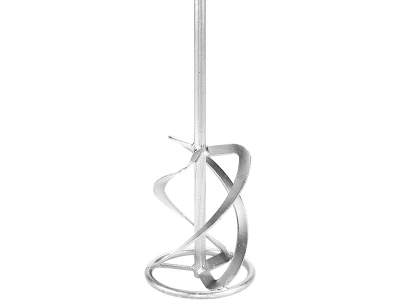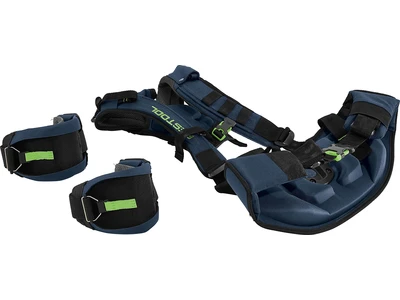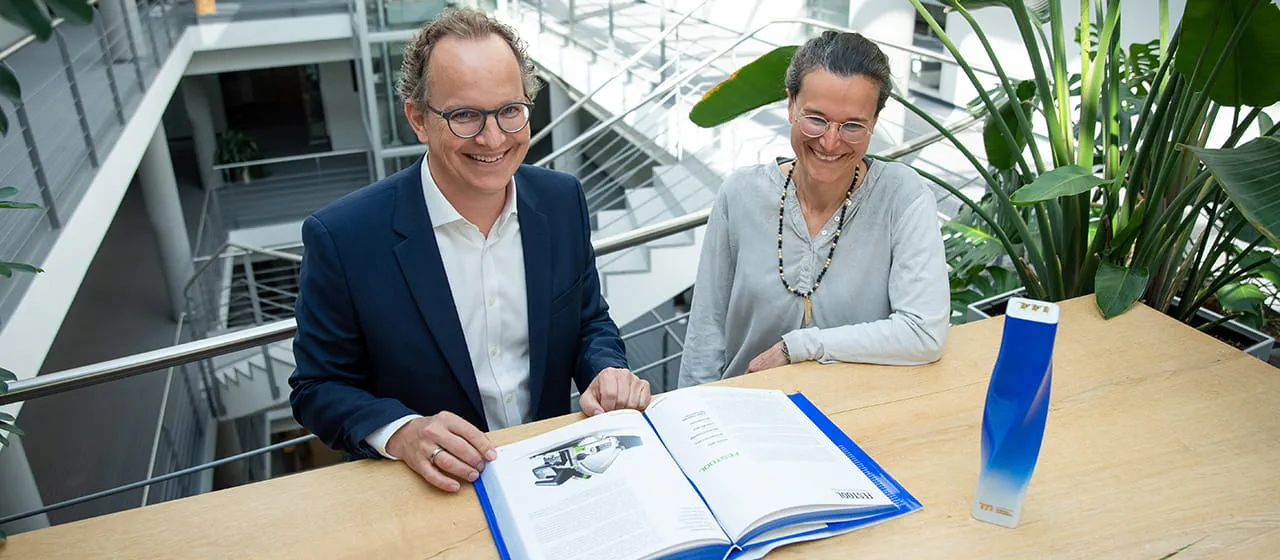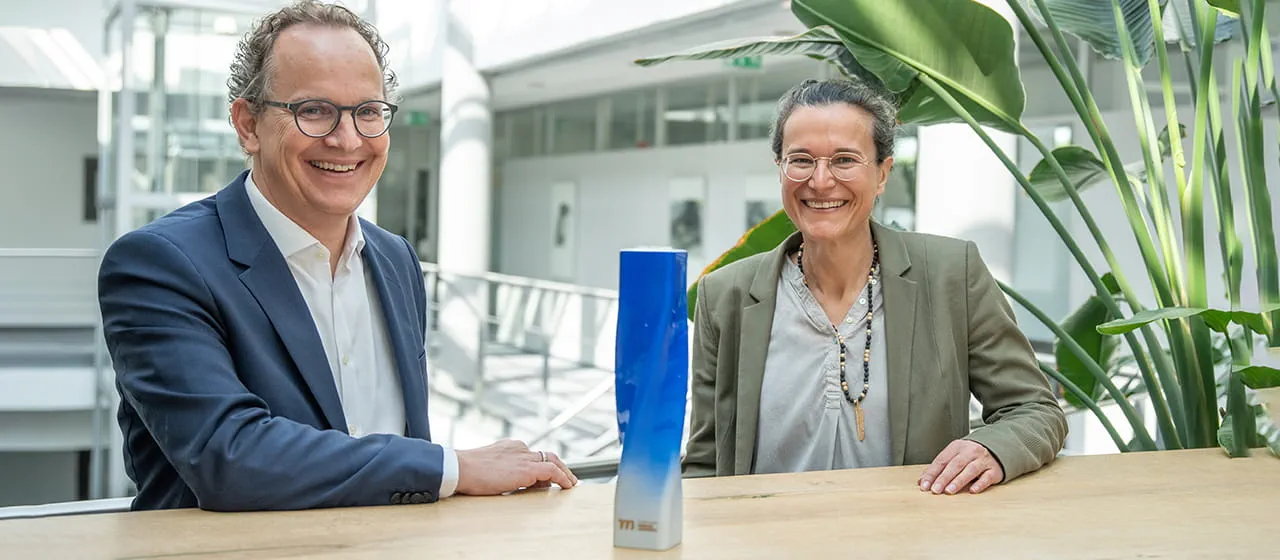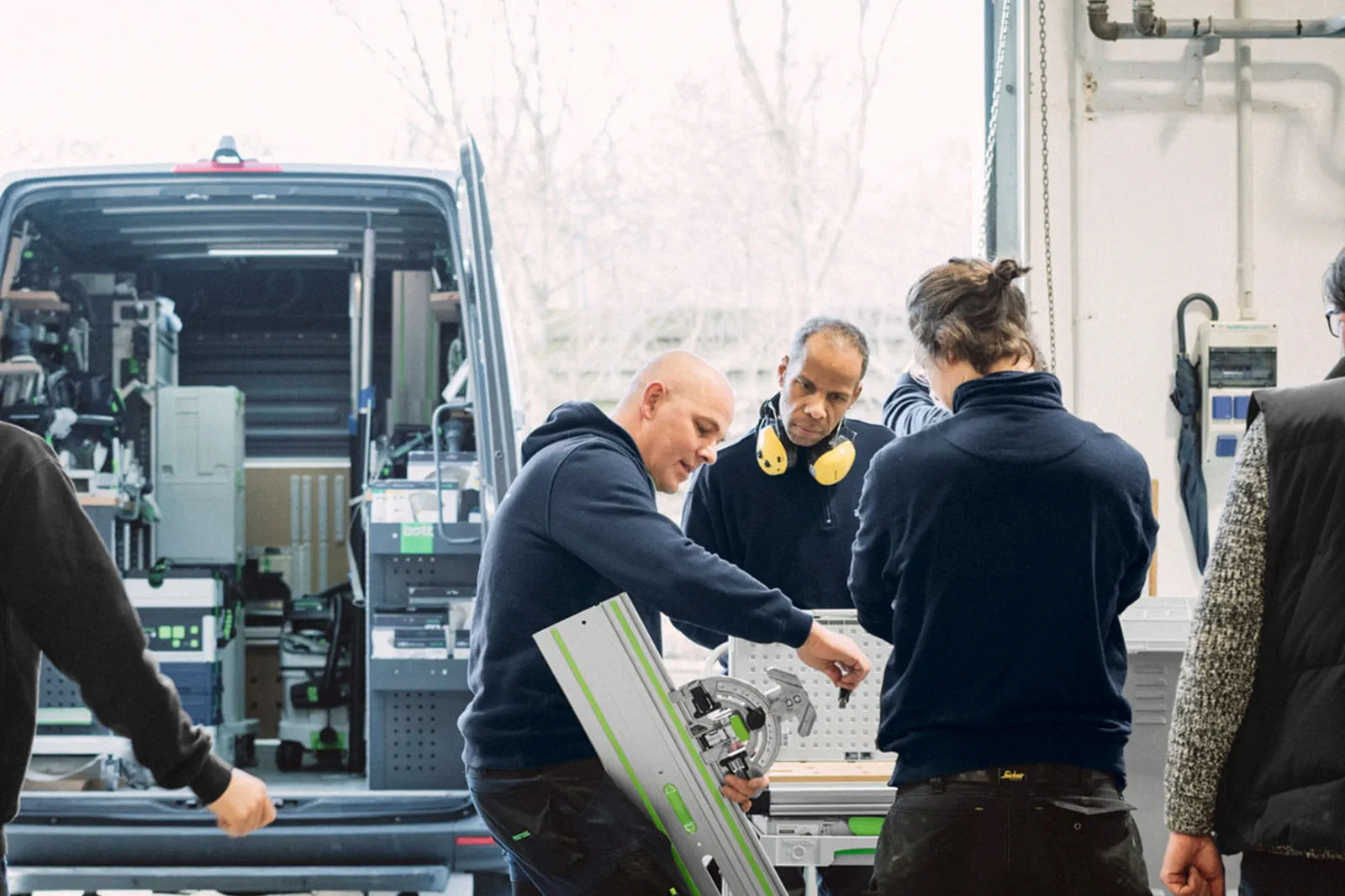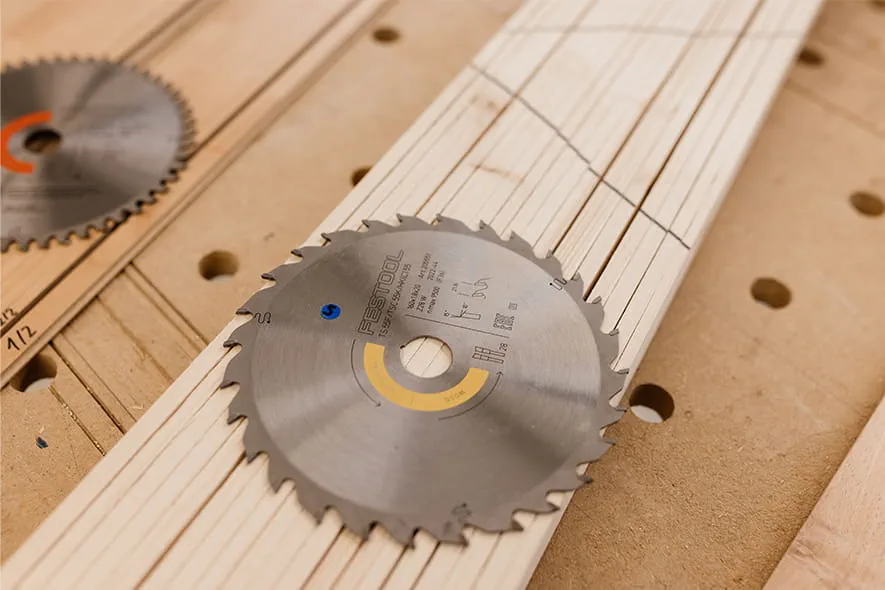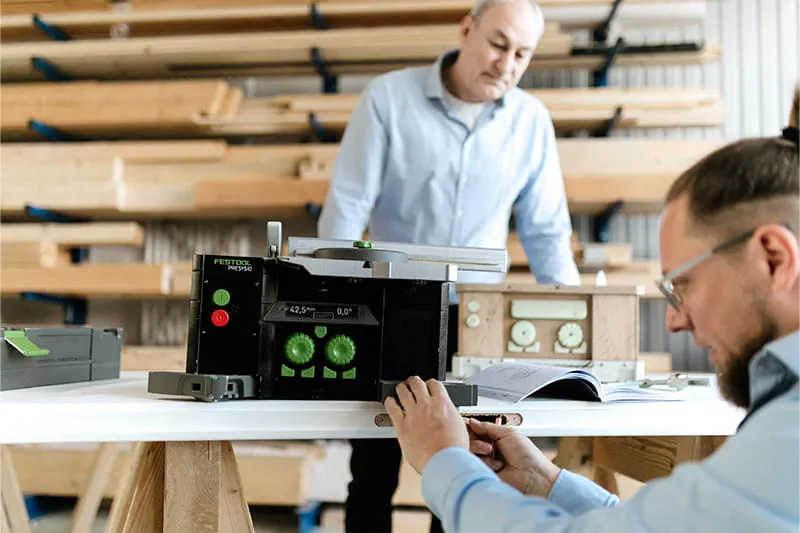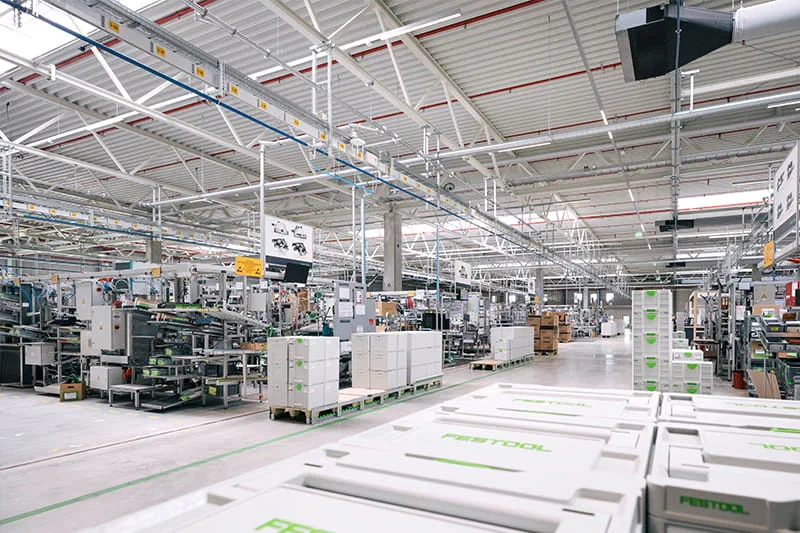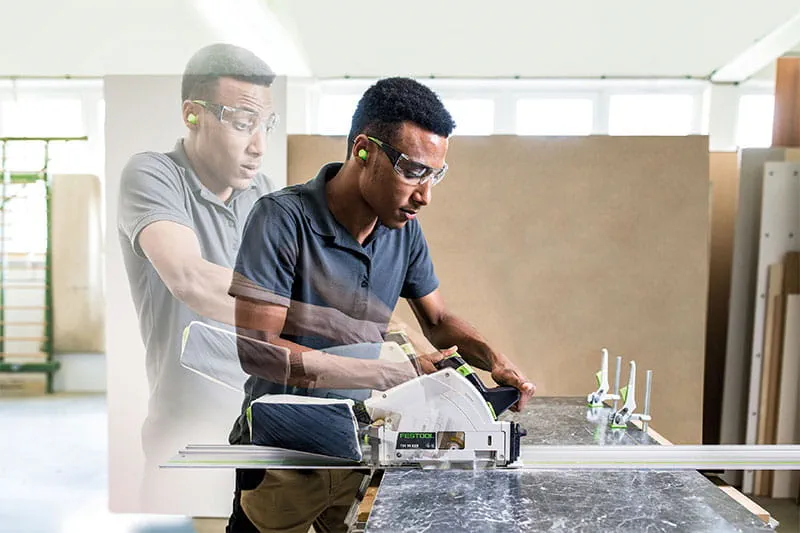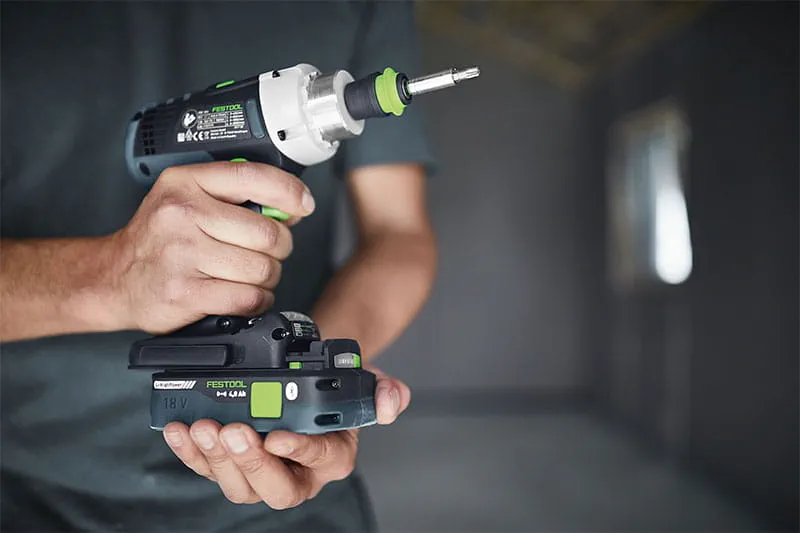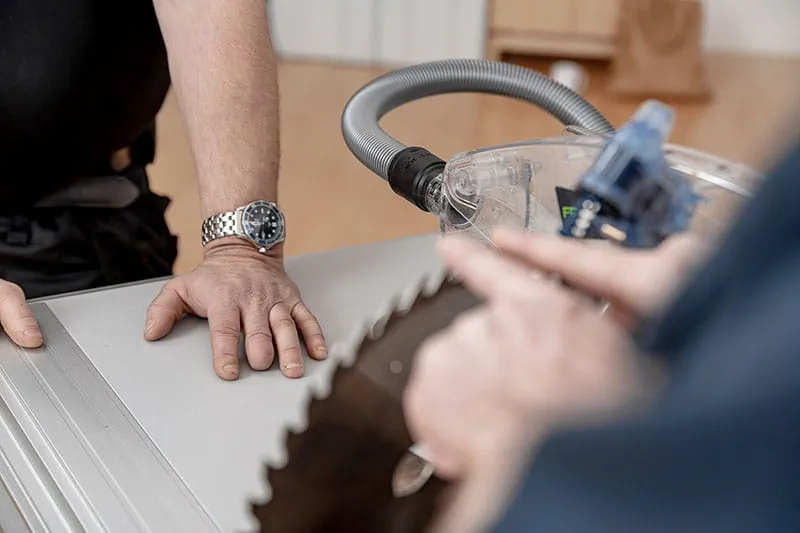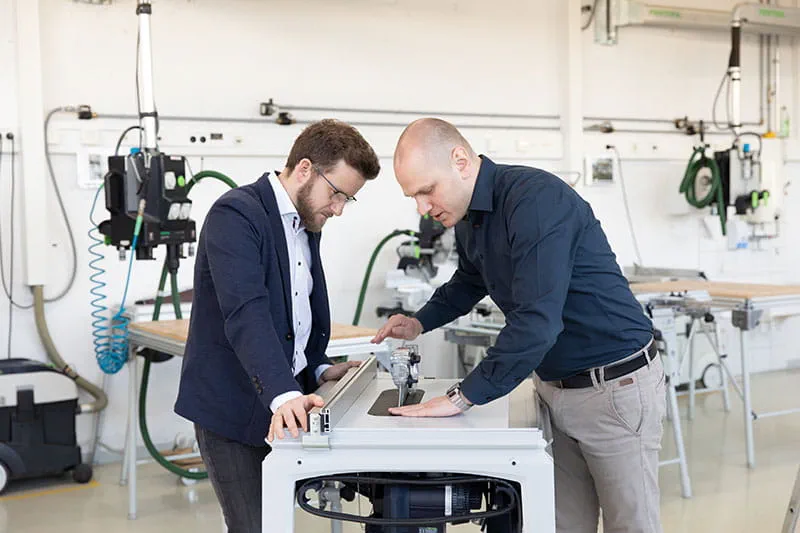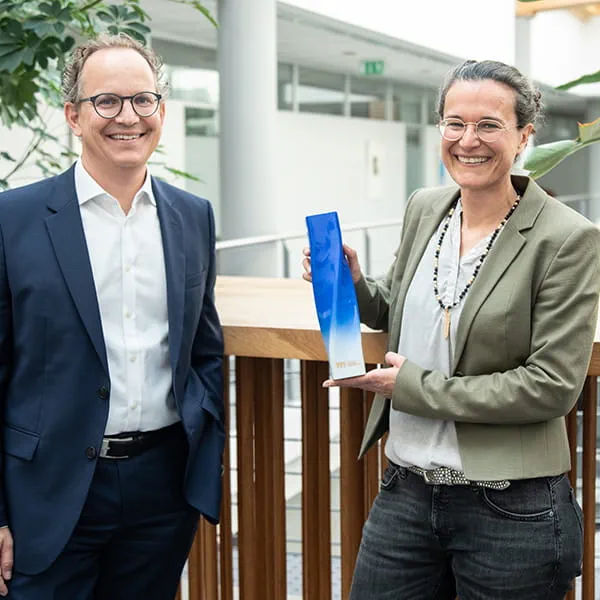
The Festool Brand
Iconic, innovative with loyal fans
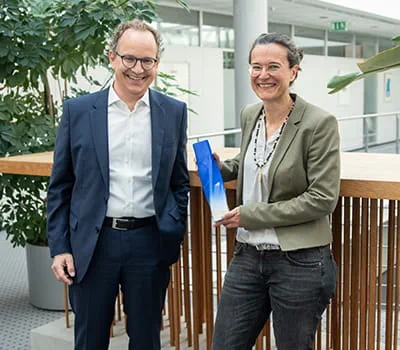
Chairwoman of the Supervisory Board
Sascha Menges
Chairman of the Executive Board
How long has Festool been around as a brand? And how did it all begin?
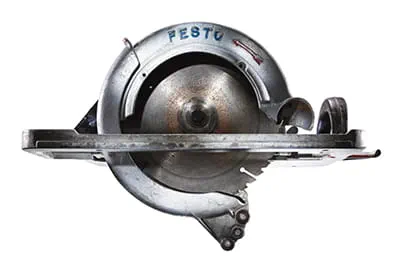
What makes your brand strong?
How loyal are your customers?
SM: I would say extremely loyal. I would even go so far as to say that once you've had a tool from us in your hands, you can't get away from Festool.
BA: Phew, Sascha, that's a pretty bold statement (laughs).
SM: All jokes aside, customer loyalty is extremely important to us and not taken for granted, but something that is constantly put to the test. After all, loyalty doesn't happen by itself; loyalty is the result of satisfaction. The brand promises something, but in the end, it is the customer experience - an interaction with the brand, in our case with the tool - that is a deciding factor. The brand promise is not only kept, but also exceeded again and again. It's that excitement, that surprise, that then leads to customer loyalty.
"Innovation is not just 'being inventive,' something only becomes an innovation when it is successful in the market because it fulfills a real customer benefit."
Sascha Menges, Chairman of the Executive Board
It really sounds like you guys have incredibly loyal fans.
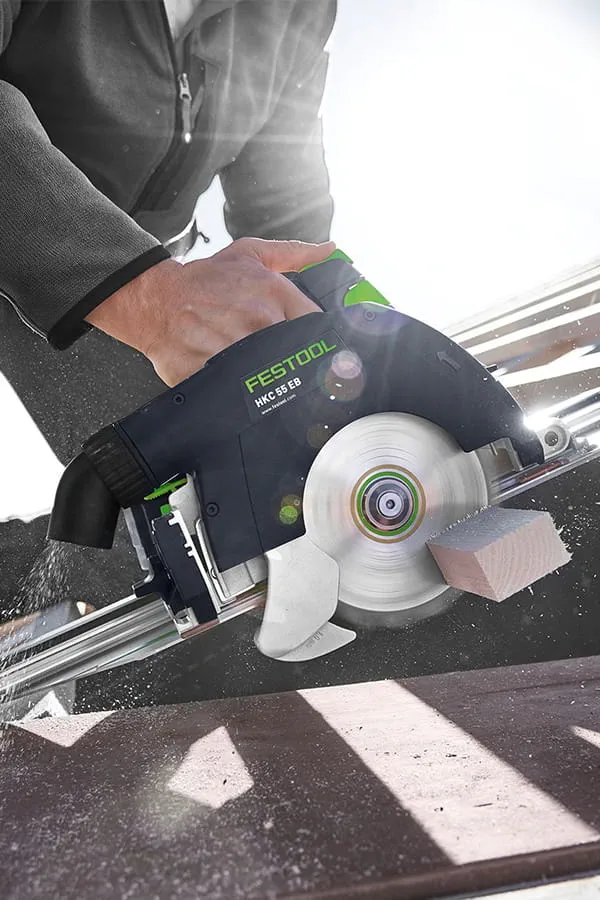
Where does this love for the brand come from and who are the people who love Festool so much?
BA: I can't say exactly where this passion comes from myself. Our main target group are craftsmen who work with the machines, in interior finishing, as carpenters, painters, joiners. They earn their money with our tools, but there are also real Festool fans amongst them. And then there are specialists like instrument makers, stage designers, or people who renovate or build ships elaborately. And the target group from the maker scene and the DIY sector, who realize small projects or big dreams with our products. We would probably find our biggest fans here. What they all have in common, I think, is that they appreciate the durability and the robustness of our tools, but also the perfectionism we put into the development of new ones. We use attention to detail and if you appreciate that, you've come to the right place. When we receive compliments such as "You have really considered our thoughts for this new product!” that is of course great praise for us and makes us very proud.
SM: Professional craftsmen are creators. They create something with their hands, with their minds, and of course with the tools. And this is where enthusiasm comes into play.
Is there anything you are particularly known for?
What do you have to do as a brand to achieve lasting success?
"The demand for high-quality craftsmanship is greater than the availability of qualified skilled workers."
Barbara Austel, Chairwoman of the Supervisory Board
You have always remained loyal to Germany with your company and also produce at your site in southern Germany.
What awaits us in the coming years and what might need to change at Festool? How can change and tradition work together?
What are the current trends in trade?
"If tradition means 'We've always done it that way' and you're also not willing to look left and right, then it doesn't work with progress or change."
Barbara Austel, Chairwoman of the Supervisory Board
The podcast series "Brands of the Century" is a production of Studio ZX. The interview was conducted by Mae Becker.


